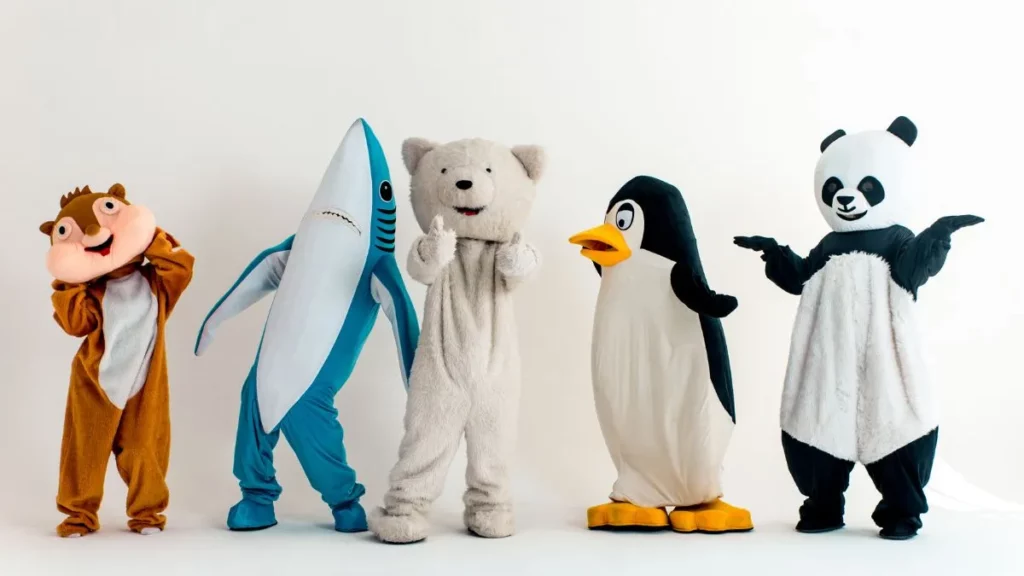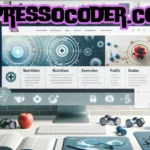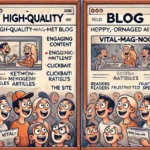Brand Mascots are fictional characters or avatars that companies or brands employ in advertising and marketing. These are anthropomorphic characters i.e. carrying human-like features and characteristics. They talk and are generally funny, witty, and lovable.
An ideal brand mascot often reflects the brand’s essence and values. It makes it easier for a consumer to relate to a character instead of relating to an abstract product. Consider this, what is the first thing that comes to your mind when you see a clown dressed in red and yellow with a large M? That’s right, McDonald’s. This is how characters develop instant recognition for a brand.
A mascot helps your audience instantly recognize your brand from a barrage of companies and products. It facilitates frequent reinforcement by using the mascot at activation sites, billboards, and advertisements. Companies often use their mascots in their video marketing campaigns
It helps create a strong online presence which is imperative for your business. Especially since the online marketplace is so saturated. Speaking of which, something thing that is absolutely crucial for a strong presence in the digital realm is a reliable connectivity partner.
Obviously, you won’t be able to run your operations online without a reliable internet connection. If you’re looking for recommendations, Comcast Xfinity allows for a connection that does not fail you in your marketing endeavors.
You can carry out all your market research, social media branding, and management without worrying about internet speed and data caps. With this, let’s discuss some strategies that go a long way in creating an effective brand mascot:
- Story Format
There is nothing more effective than storytelling. Good storytelling is the cornerstone of a good marketing campaign. Your brand mascot becomes a lot more relevant when it has a backstory that ties it to the product.
Often, we see mascots that do not have a back story or character development, they just capture the brand persona through colors and style. However, having a story that can be subjective to campaign objectives can do wonders for your campaign.
- Emotional and Behavioral Responses
A mascot is highly effective if it evokes the desired reaction in your audience. The automotive industry tries to exude innovation and grandeur, sports brands exude agility and strength, and pharma companies reflect caution. Similarly, what emotional response a brand portrays is in line with the brand persona.
Another popular outlook is humor and a funny campaign tends to make your brand more and more captivating and entertaining. See how that can be achieved without making the character too cheesy. The stronger the emotion, the quicker the behavioral response. This can be quantified in engagement and conversion rates.
- Human Traits
Creature realism has the potential for better relatability from the audience. It is the humanistic expressiveness of your mascot that accomplishes that. Make sure you leave some room for imperfection so your character does not seem all that unrealistic.
A great example of this is Mario. He is a short, plum, and average-looking guy. His being an underdog is what makes him very popular with his audience. Gecko from GEICO is another imperfect character that everyone loves. He has a thick accent and has this very human tendency to forget what he is talking about.
- Simpler the Better
If you have the budget for it, developing a character with a lot of bells and whistles seems very tempting. However, the lesser the detail, the more chances your character has of being catchy. Duo Lingo’s green owl embodies what it means to have a successful minimalistic 2D character.
Making a character simple and minimalistic does not necessarily mean that they lack personality. Make sure they have an impressive personal character.
- Adaptable to All Media
Gone are the days when advertising was confined to flyers and television commercials. Your mascot should be designed in a way that you can adapt it to be compatible with all different kinds of media platforms.
You may think a character will be great in a video but it does not translate that well in static social media design and print ads. Also, consider merchandise like key chains and mugs. Make sure you can use your character everywhere.
- Helpfulness
It is one thing to have a know-it-all for a brand mascot, which can go south easily. However, forming an attachment and trust in someone who is guiding and helping you is a natural human response. If you have a regular run-of-the-mill mascot that only just accomplishes brand recognition, that’s fine too.
However, if your mascot repeatedly appears in your commercials, you can utilize them to help your audience understand the product. The tone should be helpful and informative without having a condescending edge to it.
When a mascot does a good job at explaining all the specs and characteristics of your product, it helps conversion rates. This is also an effective strategy to get the most out of your brand mascot.
Just aim to capitalize on one or two points instead of cramming too much into one marketing product. That tends to make your mascot annoying. Additionally, make your tone about the audience instead of making it about you and the company. What this means is that try to help them instead of telling them over and over about how great you are.
Concluding Thoughts
With all of that considered, you can create a brand mascot that is moving, converting, and relatable. It is also advisable to do some market research on trends and brand personas before developing one. Selling alone is dull. Selling with the help of a fun and interesting mascot is far better.











